Significance
Tainan Confucius Temple was Taiwan’s first Confucian temple. It was established during the Kingdom of Tungning, a government founded by Koxinga between 1661 and 1683 as part of a loyalist movement to restore the Ming Dynasty. For part of the Qing Dynasty, it served as a school for Taiwan’s tóngshēng, (literally “child students,” regardless of age), also referred to as rútóng (Confucian apprentices), the entry-level examinees who had passed the county or prefectural examinations but were not yet enrolled in a state institute. The temple was also known as the First Academy of Taiwan, and served as a vanguard for Confucianism in Taiwan while gaining a reputation for cultivating intellectuals. At the entrance to the temple stands a dismounting stele. The oldest and best-preserved dismounting stele of the four remaining in Taiwan, it was placed at the entrance on imperial orders in 1687, bestowing legitimacy upon the academy. The presence of the stele also represents respect for Confucius.
History
Tainan Confucius Temple was established in 1665 during the Kingdom of Tungning. It is Taiwan’s oldest Confucian temple. At one time during the Qing Dynasty, it served as a school for entry-level civil service examinees and was referred to as the First Academy of Taiwan. Tungning Kingdom’s ruler, Zheng Jing, the eldest son of Koxinga, built the temple at the suggestion of his Chief of General Staff Chen Yong-hua (1634 – 1680). The complex was composed of an academy on the left and a temple dedicated to Confucius on the right. The Hall of Edification was built next to the temple and used for lectures and for the cultivation of talented students. In 1685, the temple was transformed into the Taiwan Prefectural Academy, which comprised the east and west wings of the complex. The Chung Sheng Shrine was located on the north side, while the Lingxing Gate formed the south side. The ceremonial semi-circular academy pond and Ya Zhai, a resting room, were added later. The Hall of Edification and Longting Storehouse were built during renovations in 1700. Another round of repairs took place in 1712. Among the renovated buildings were Ta Cheng Palace and Chung Sheng Shrine. The Pavilion of the God of Literature and a shrine for Tudigong, the Earth God, were added on either side of the Lingxing Gate, while the Gate of Rights, the Path of Righteousness, the Ta Cheng arches, and a half-moon wall were added to the periphery.
Special Features
1The Layout of Tainan Confucius TempleTainan Confucius Temple has undergone several major renovations over the past three centuries. It is one of the finest examples of traditional architecture in Taiwan, as well as the most complete traditional Minnan (Southern China) architectural complex in Tainan. It is composed of an academy on the left and a temple on the right. The temple layout consists three rows of buildings joined by two long wings running front to back to create two interior courtyard areas. The first row includes the Ta Cheng Gate, the Shrine of Distinguished Officials, the Shrine of Respected Village Scholars, the Shrine of Bereaved Sons and the Shrine of Fidelity and Piety. The middle row of buildings includes Ta Cheng Palace, which houses a memorial tablet in commemoration of Confucius. The wings on either side of the palace are dedicated to eighty-one ancient sages and seventy-seven ancient Confucians. The Ritual Implement Storeroom and the Musical Instrument Storeroom are located to the north of the East and West Wings. Implements and instruments used in Confucian rites are stored in these two locations. Behind the palace is Chung Sheng Shrine. It is an open hall with eighteen columns supporting a swallowtail gable roof. The main shrine is dedicated to five generations of Confucius’ ancestors. Flanking the shrine are Yi Cheng School and the Storehouse of Books and Records. Located on the other side of the larger complex, the academy consists of the Hall of Edification and the Pavilion of the God of Literature. It also includes the Stone Arch of the Higher Learning Institution to the east and the ceremonial semi-circular pool to the south. The Gate of Rites, the Path of Righteousness, the Ta Cheng arches, and the half-moon wall are on the periphery. The entire complex has an area of more than 9000 square meters and is comprised of a total of fifteen buildings. It has the highest number of buildings of any Confucian temple in Taiwan.
2The Stone Arch and the Pool of the Higher Learning Institution Tainan Confucius Temple has two places with the word “pàn” in their names: the Stone Arch of the Higher Learning Institution and the ceremonial pool. Built in 1749, the Stone Arch is made of stone but has the appearance of wood. The Pool is a semicircular pond. The wall on the garden side of the pool bears a stone plaque that reads “Pleasure at the Pool.” In the past, higher learning institutes, called pàngōng, were schools for feudal princes, and were always built with a semicircular pond. The existence of the stone arch and pool here, along with the usage of the word pàn in their titles, indicates the prestige of Tainan Confucius Temple during its era. The Stone Arch used to be the outermost gateway to the Confucian temple. It was separated from the main complex during the Japanese Colonial Period due to the construction of Nanmen Road and became an attraction on its own.
Tainan Confucius Temple has two places with the word “pàn” in their names: the Stone Arch of the Higher Learning Institution and the ceremonial pool. Built in 1749, the Stone Arch is made of stone but has the appearance of wood. The Pool is a semicircular pond. The wall on the garden side of the pool bears a stone plaque that reads “Pleasure at the Pool.” In the past, higher learning institutes, called pàngōng, were schools for feudal princes, and were always built with a semicircular pond. The existence of the stone arch and pool here, along with the usage of the word pàn in their titles, indicates the prestige of Tainan Confucius Temple during its era. The Stone Arch used to be the outermost gateway to the Confucian temple. It was separated from the main complex during the Japanese Colonial Period due to the construction of Nanmen Road and became an attraction on its own.
3Ta Cheng Palace The present appearance of Ta Cheng Palace dates from its 1977 renovation. It is the tallest building in the temple complex. Its location—right in the middle of the complex and surrounded by the other buildings— reveals its significance. The palace is raised on a platform, giving it a lofty position. The terrace in front of the palace is where dances and performances take place during Confucian ceremonies. Hanging inside the palace are horizontal inscription plaques presented in praise of Confucius by every emperor since the Kangxi Emperor (1661 – 1722, the longest reigning emperor in Chinese history, who initiated the period known as the “Prosperous Era” of the Qing Dynasty), with the sole exception of Puyi, the last emperor of China.
The present appearance of Ta Cheng Palace dates from its 1977 renovation. It is the tallest building in the temple complex. Its location—right in the middle of the complex and surrounded by the other buildings— reveals its significance. The palace is raised on a platform, giving it a lofty position. The terrace in front of the palace is where dances and performances take place during Confucian ceremonies. Hanging inside the palace are horizontal inscription plaques presented in praise of Confucius by every emperor since the Kangxi Emperor (1661 – 1722, the longest reigning emperor in Chinese history, who initiated the period known as the “Prosperous Era” of the Qing Dynasty), with the sole exception of Puyi, the last emperor of China.
4The Ta Cheng Gate The Ta Cheng Gate has a wooden framework supported by six columns. Unlike most temples, no door gods are painted on the doors of a Confucian temple. Instead, 108 metal studs are installed. Couplets, usually found at the entrance of a traditional Chinese building, do not appear at the Ta Cheng Gate. This is done in veneration of Confucius; it signifies that his greatness is beyond words.
The Ta Cheng Gate has a wooden framework supported by six columns. Unlike most temples, no door gods are painted on the doors of a Confucian temple. Instead, 108 metal studs are installed. Couplets, usually found at the entrance of a traditional Chinese building, do not appear at the Ta Cheng Gate. This is done in veneration of Confucius; it signifies that his greatness is beyond words.
5The Pavilion of the God of Literature The Pavilion of the God of Literature is a special building within the Confucian temple complex. In ancient times, the pavilion was used for the worship of Wenchuan, the god of literature and culture, and Kui Xing, the god of examinations. Neither one had anything to do with Confucius. However, as students sitting for the imperial examinations believed that praying to these two deities would bring them good luck, the Pavilion of the God of Literature became part of the Confucian temple complex. The first floor of the pavilion is square, the second, round, and the third, octagonal in shape. The second and third stories have small verandas. The second floor is dedicated to Wenchuan, while Kui Xing is worshipped on the third floor. Many people refer to the pavilion as Kui Xing Pavilion.
The Pavilion of the God of Literature is a special building within the Confucian temple complex. In ancient times, the pavilion was used for the worship of Wenchuan, the god of literature and culture, and Kui Xing, the god of examinations. Neither one had anything to do with Confucius. However, as students sitting for the imperial examinations believed that praying to these two deities would bring them good luck, the Pavilion of the God of Literature became part of the Confucian temple complex. The first floor of the pavilion is square, the second, round, and the third, octagonal in shape. The second and third stories have small verandas. The second floor is dedicated to Wenchuan, while Kui Xing is worshipped on the third floor. Many people refer to the pavilion as Kui Xing Pavilion.
6The Hall of EdificationHall of Edification was the most common name for Confucian lecture halls, as edification was the foundation of Confucianism. These halls were used as classrooms in Qing dynasty prefectural schools. Students were expected to study Confucian ethics and virtues, as well as human relationships under the patriarchal system. Inside the hall is a horizontal stone tablet inscribed with school rules, from the days when it served as a center for Confucian studies.
7Yi Cheng SchoolYi Cheng School serves as Tainan Confucius Temple’s office of ritual music. It oversees the performance of ritual music during ceremonies, such as the sacrificial ceremony held every September 28 to celebrate Confucius’ birthday. The music that is performed in these rites has been passed down through the ages, and is primarily composed of Confucian ritual music and thirteen-instrument elite music. The musicians who perform during the sacrificial ceremonies are called yuèshēng, literally music students. They wear the traditional Chinese robe to show their respect for the solemnity of the ceremony.
8The Dismounting Stele Tainan Confucius Temple did not have a dismounting stele until 1687, when dismounting steles were erected on imperial orders on either side of the Ta Cheng Arch. Only one remains. The red-painted granite stele has incised Chinese characters on the right and Manchu script on the left. The stele reads “all civil and military officials, soldiers, and citizens must dismount from their horses here” to pay respects to Confucius. It is the best-preserved dismounting stele among those remaining in Taiwan’s Confucian temples.
Tainan Confucius Temple did not have a dismounting stele until 1687, when dismounting steles were erected on imperial orders on either side of the Ta Cheng Arch. Only one remains. The red-painted granite stele has incised Chinese characters on the right and Manchu script on the left. The stele reads “all civil and military officials, soldiers, and citizens must dismount from their horses here” to pay respects to Confucius. It is the best-preserved dismounting stele among those remaining in Taiwan’s Confucian temples.
Reminders
Tainan Confucius Temple is open from 8:30 a.m. to 5:30 p.m. daily. Entry to the grounds, including the Hall of Edification and the Pavilion of the God of Literature, is free. Admission to the interior of the complex beyond the Ta Cheng Gate, including Ta Cheng Palace, the East Wing, the West Wing, the Ritual Implement Storeroom, the Musical Instrument Storeroom, Chung Sheng Shrine, Yi Cheng School, the Shrine of Fidelity and Piety, the Shrine of Bereaved Sons, the Shrine of Distinguished Officials and the Shrine of Respected Village Scholars, is NT$50.
Panoramic
Directions